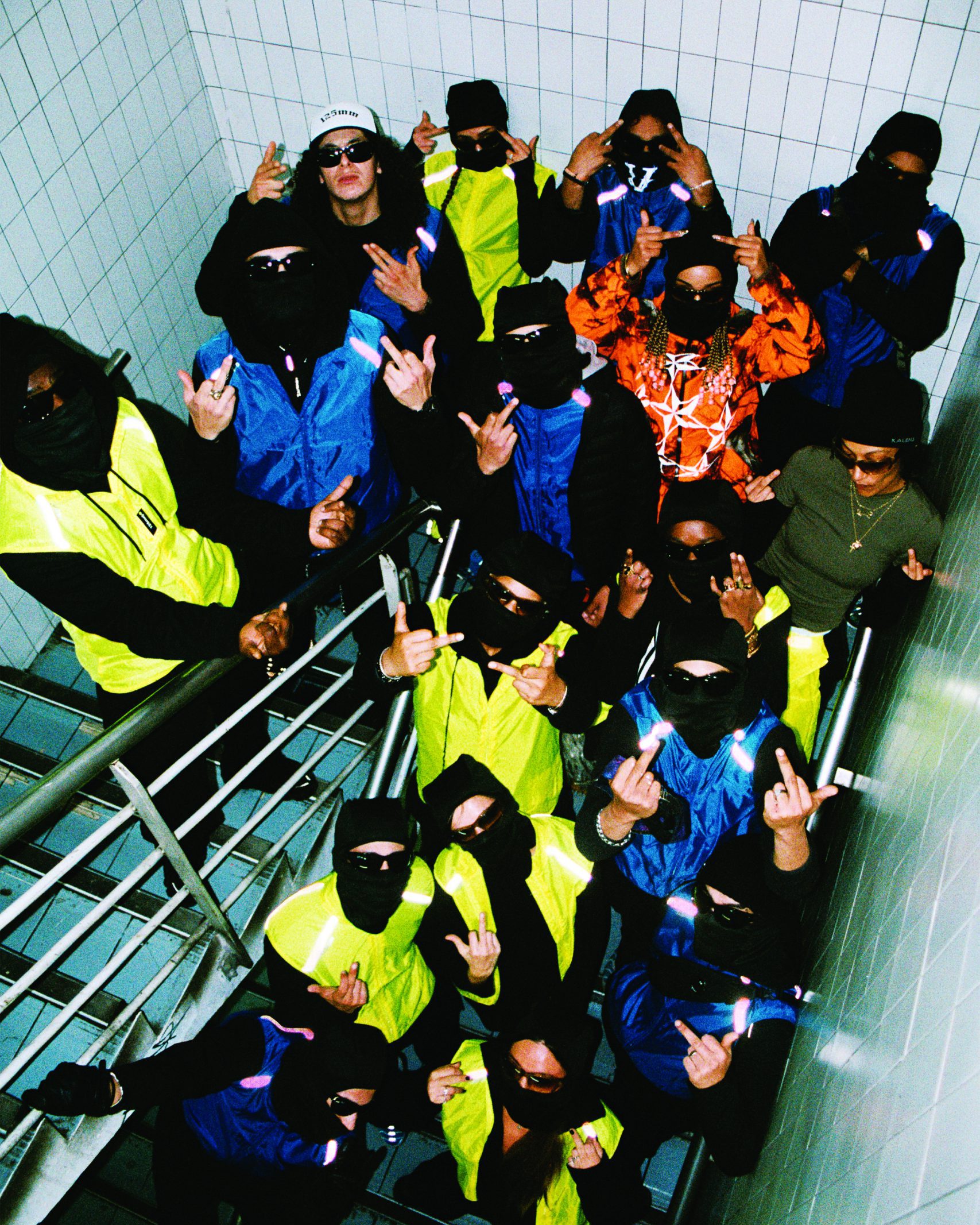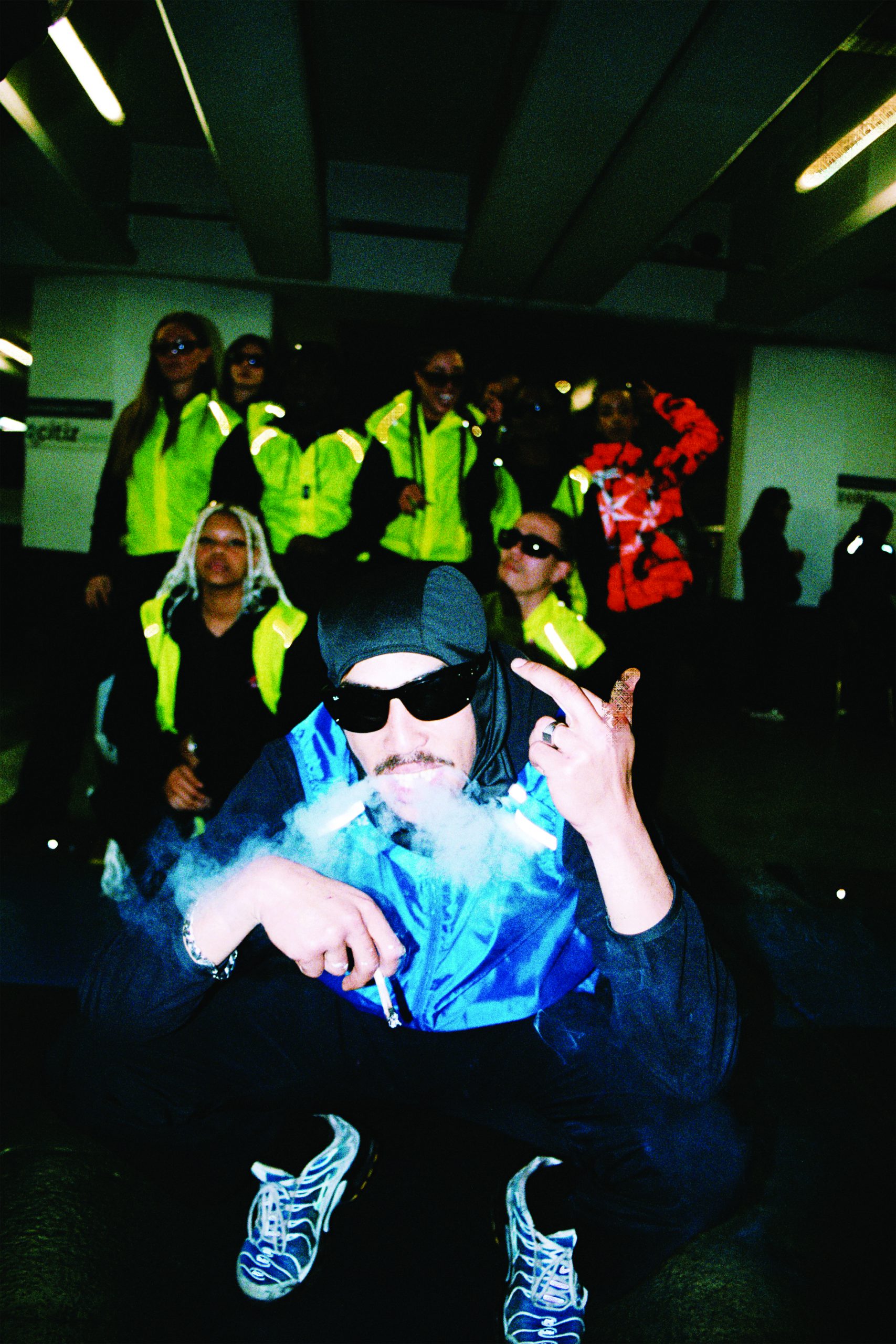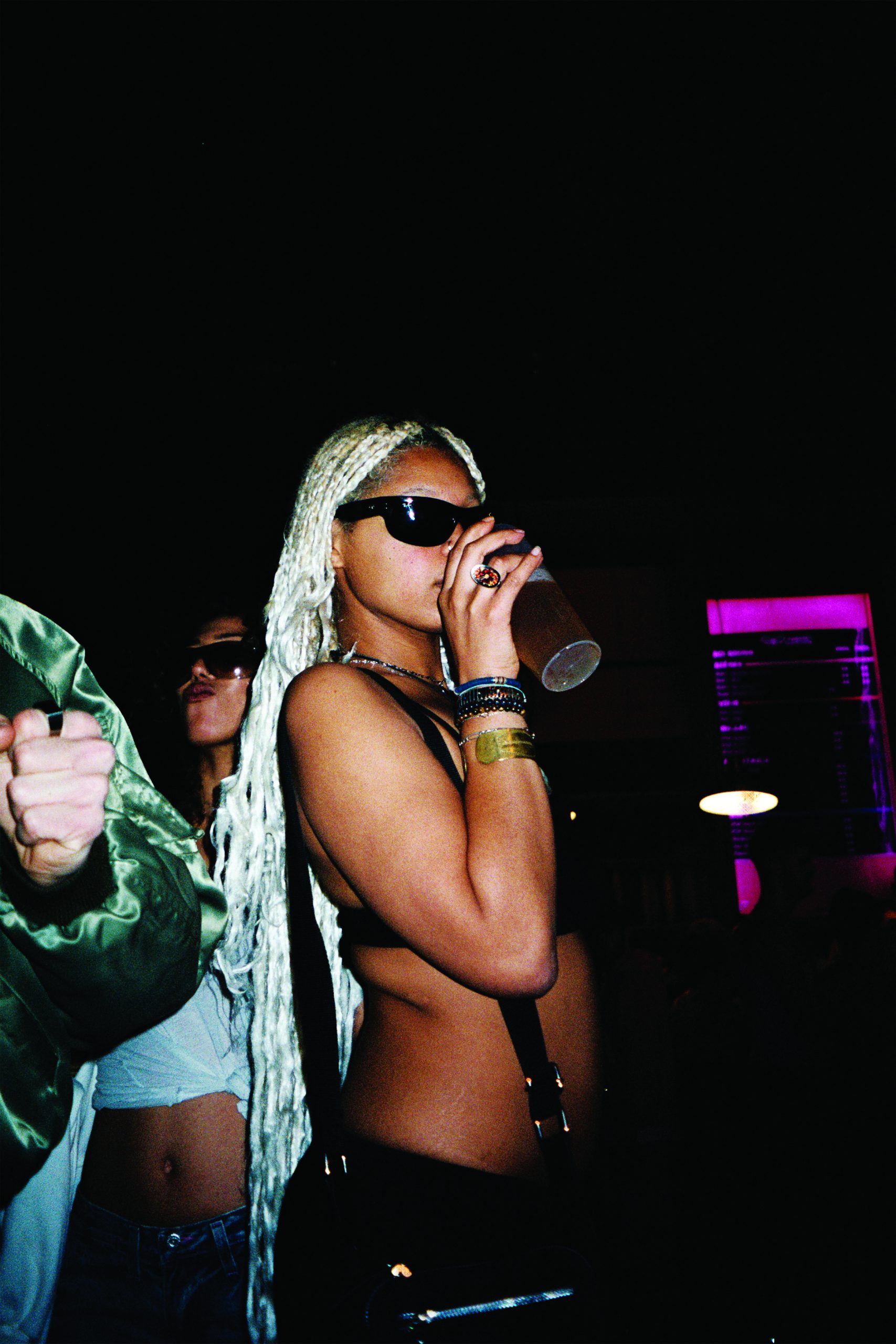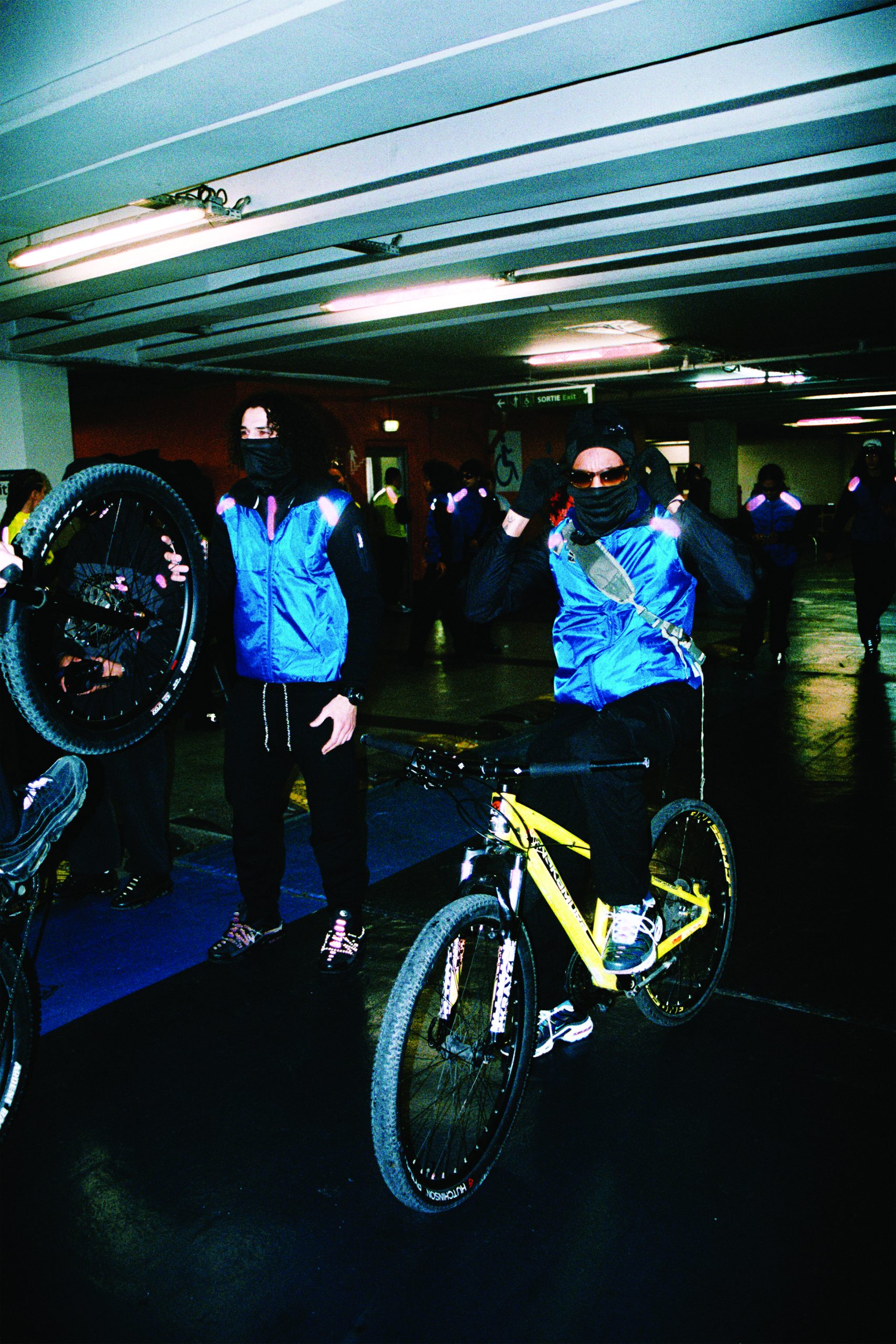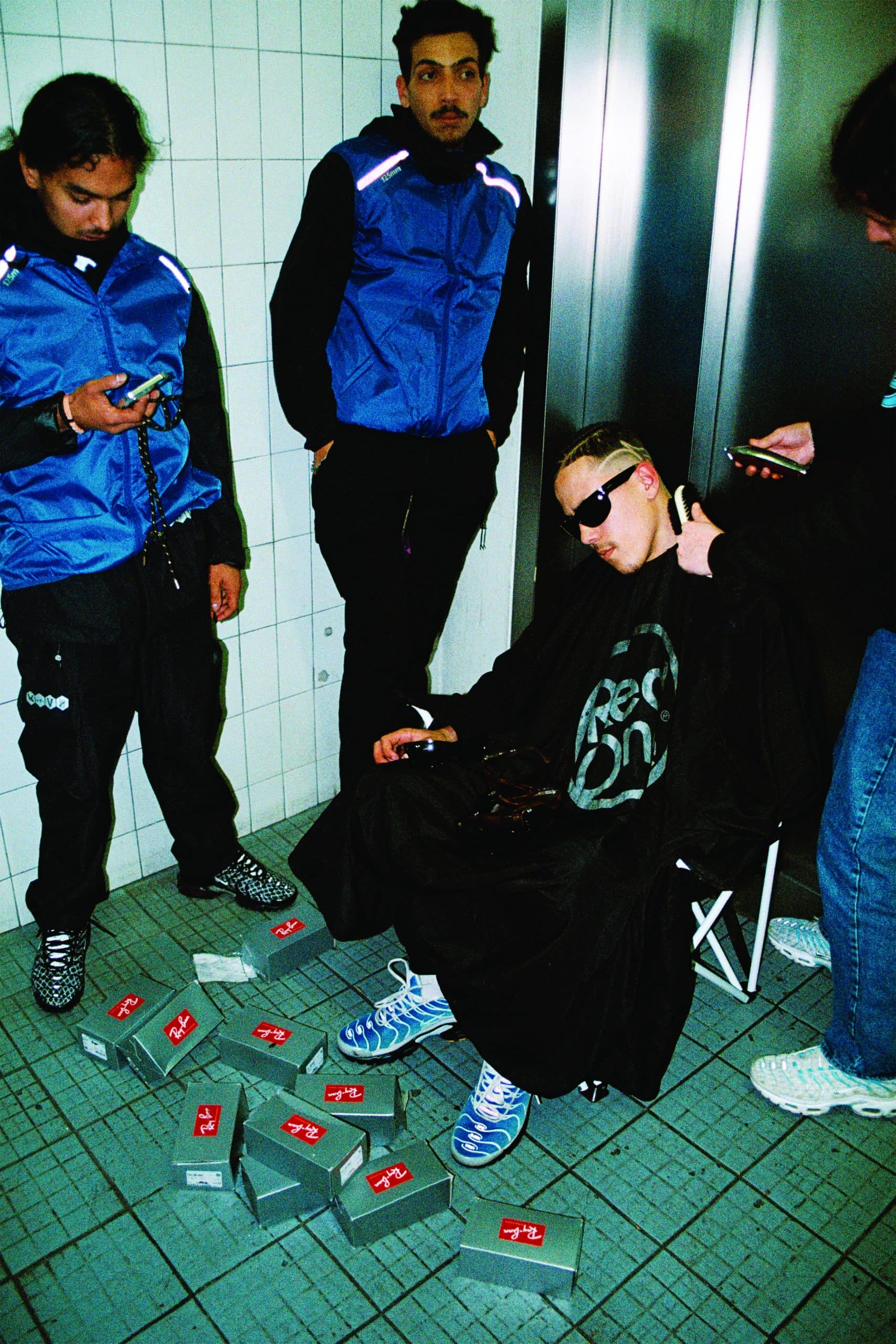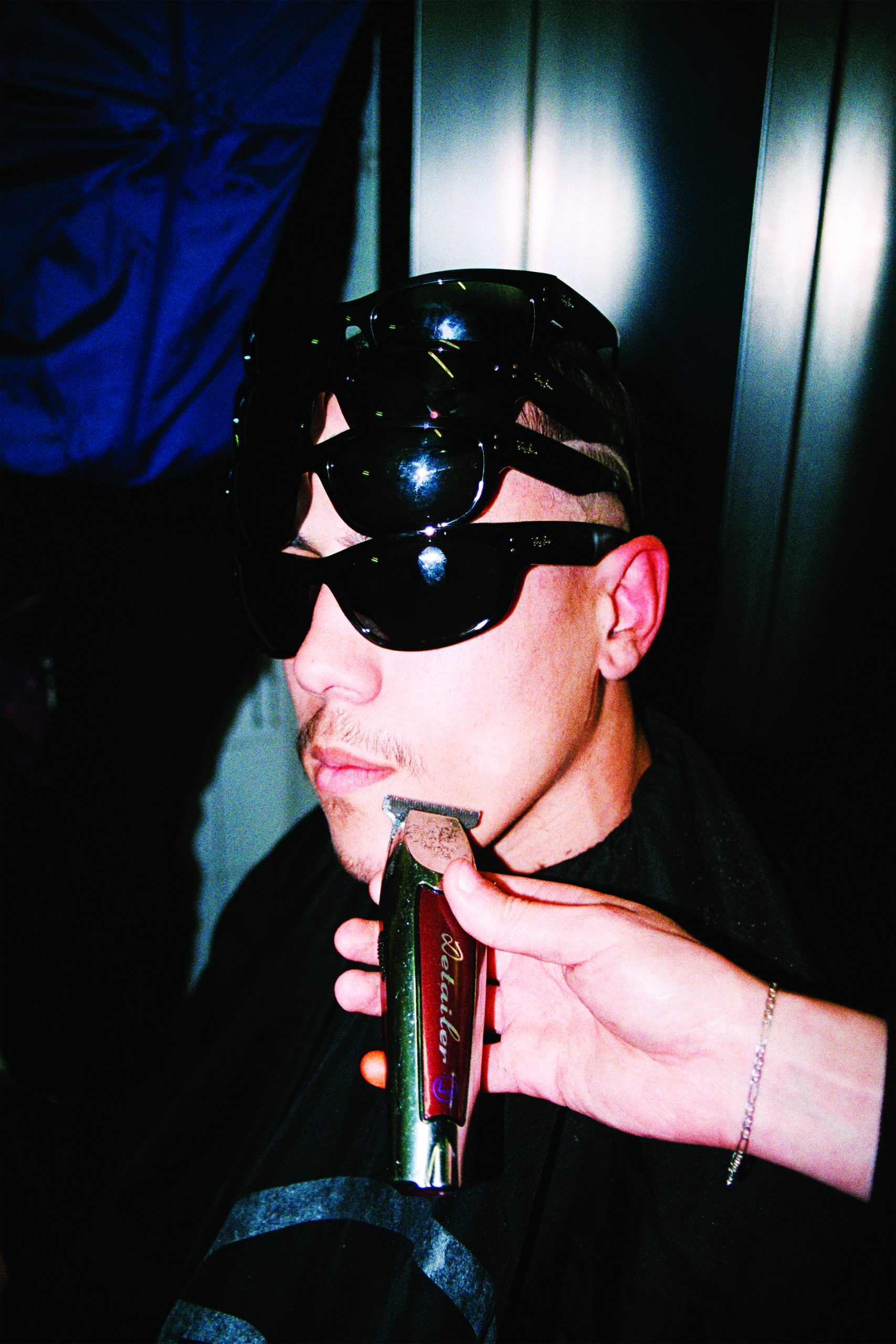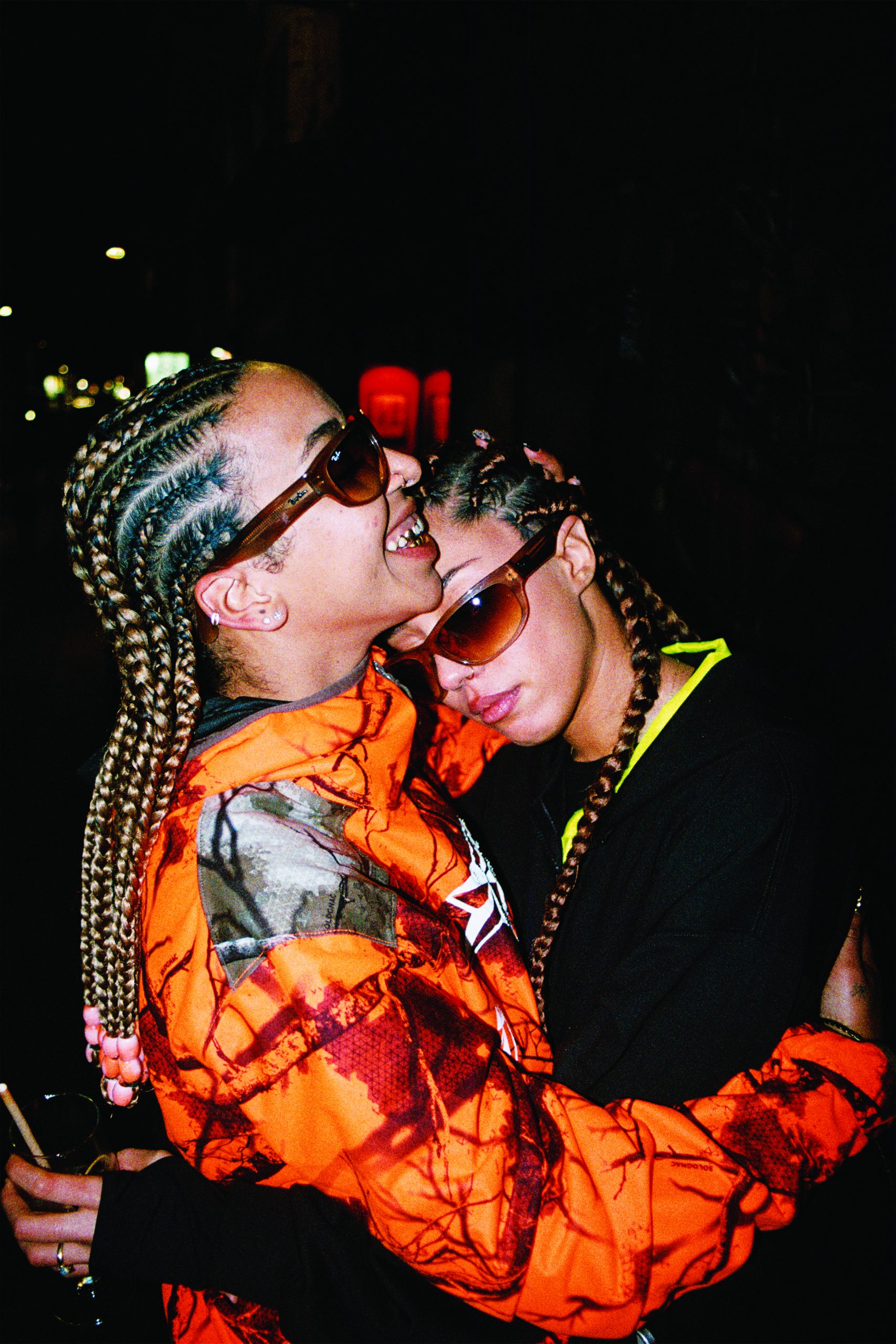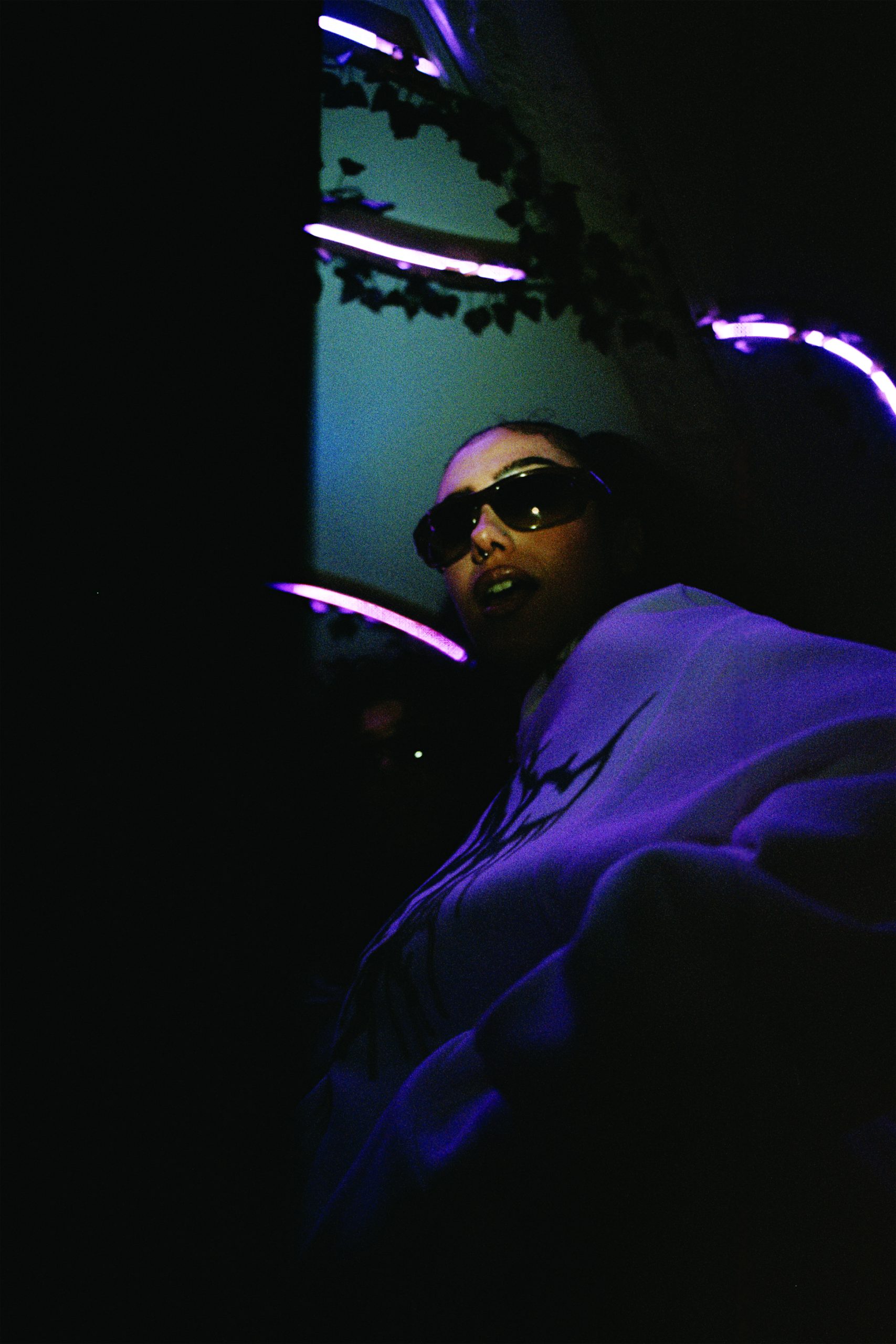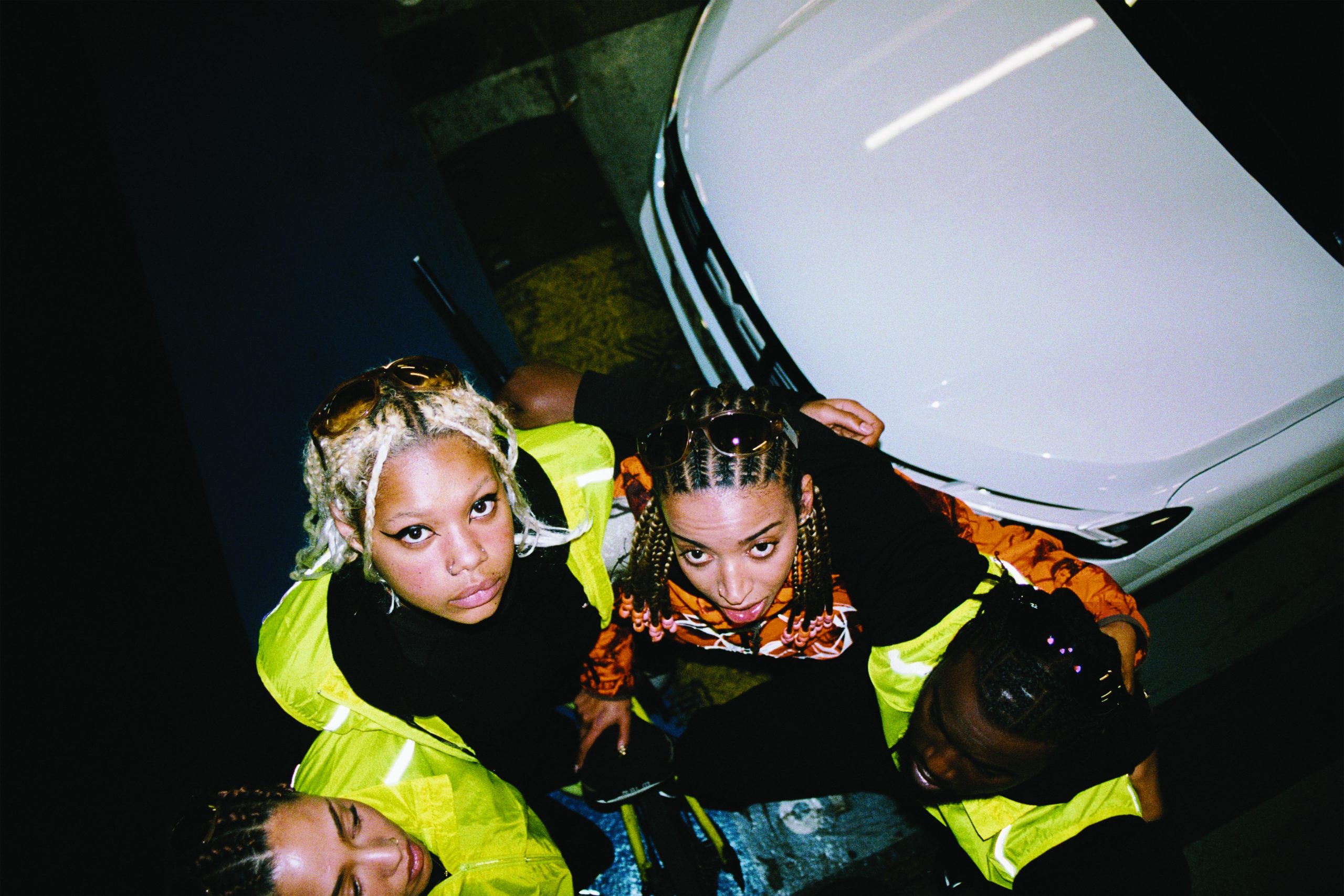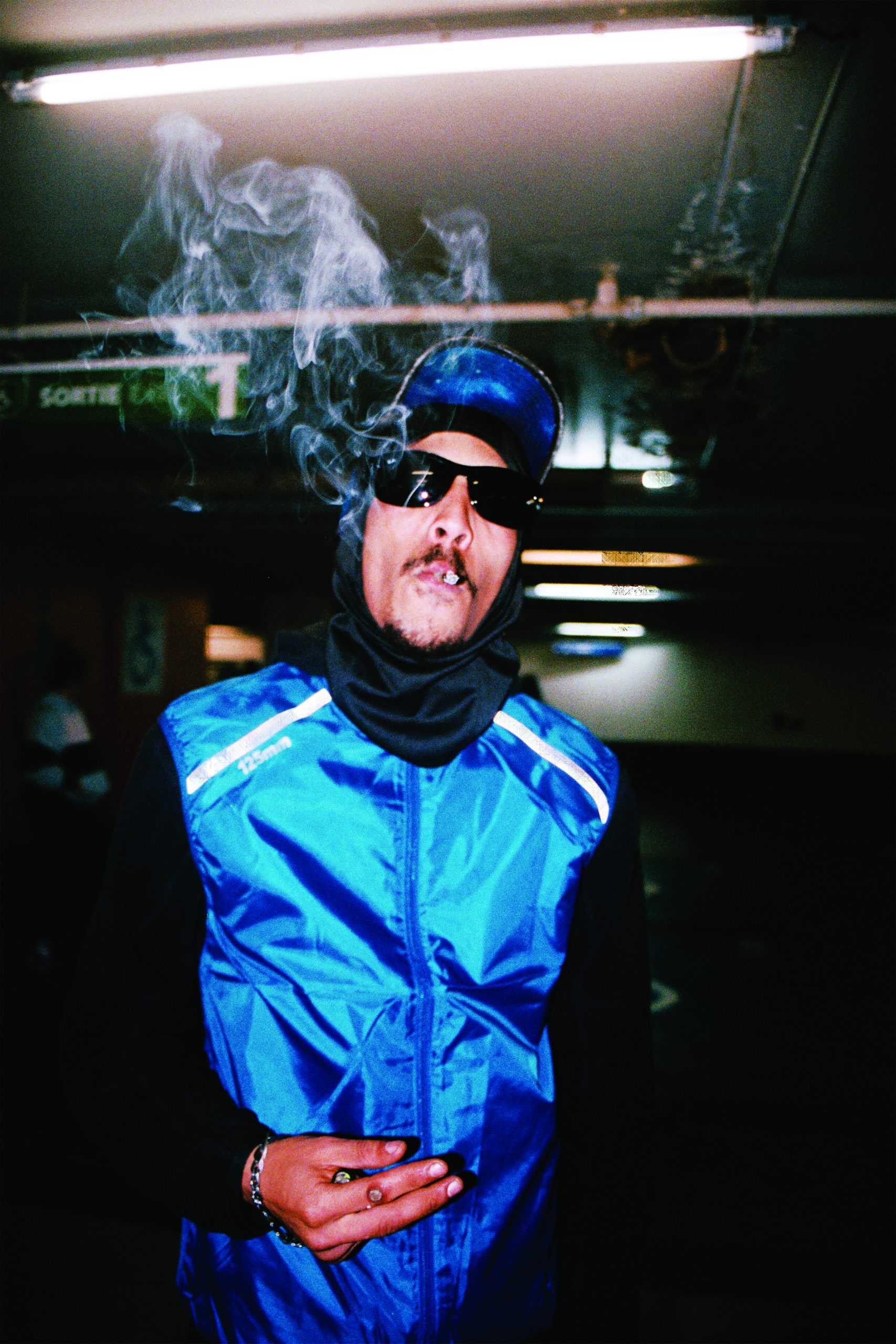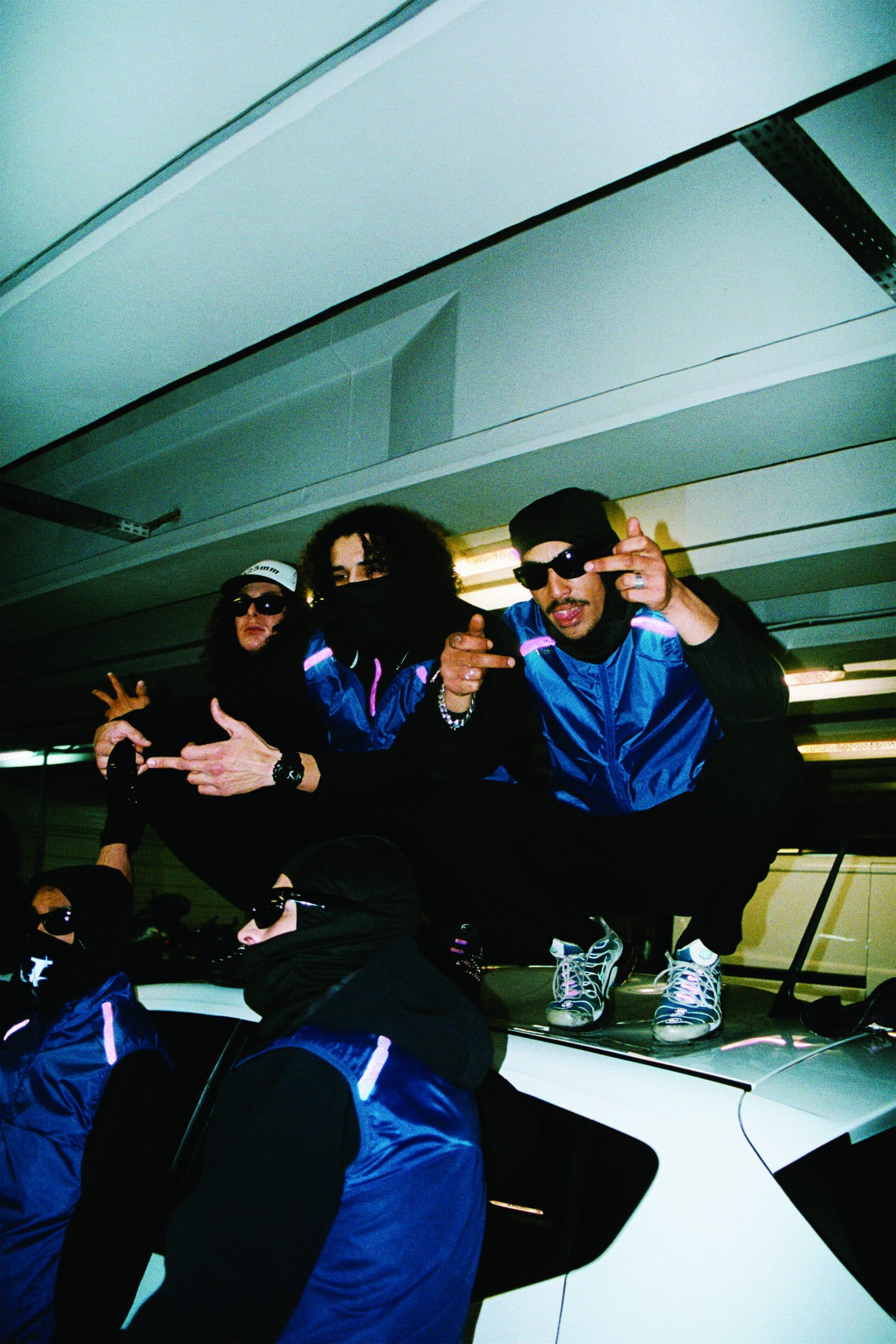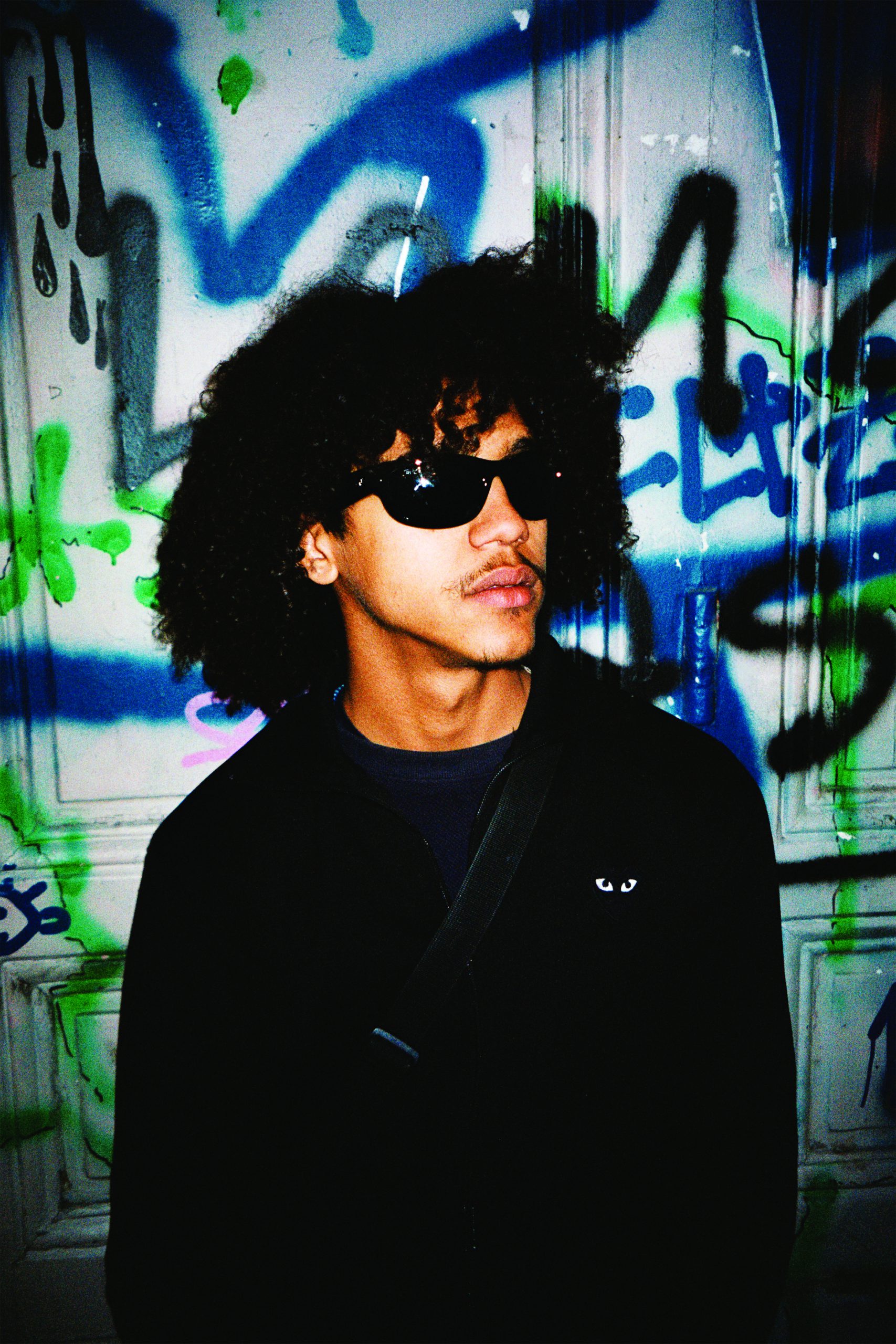Suppose you ask ChatGPT to tell you about Marseille. It will tell you that “it’s a port city located in the south of France, on the coast of the Mediterranean Sea, in the department of the Bouches du Rhône, in the region of Provence-Alpes-Côte d’Azur; it’s the second largest city in the country, after Paris, with a population of about 870,000.” If you ask your alternative-weird-music-fan friend the same question, she will tell you that Marseille is one of the coolest places to be now.
It is no longer a secret that Marseille has become one of the most interesting and dynamic new hubs in the music scene, especially for the clubbing scene. If you have been paying attention, you will surely have noticed that the French city is now a cult place on the musical-cultural map of Europe–and if many of your friends vacation there, it is not just for the sea. Examples are the numerous festivals, such as Le Bon Air Festival, Marsatac, Utopia Festival, or the cosmopolitan collective Maraboutage. Not only that, like a springtime of the senses, new realities have blossomed from the underground that are increasingly pushing, creating, and consolidating multicultural dialogues and sharing channels where music is just the first point of encounter. To name a few, we find the web radios Ola Radio, Radio Sofa, and LYL Radio, with one of its studios in Marseille from 2021, but also the METAPHORE collective with its events and its continuous search for new artists to be supported.
What makes Marseille so special? Unlike other urban centers that have always boasted a well-established and long-lived clubbing scene, the city is winning fans and onlookers mainly for its authenticity. Despite the overtourism and gentrification that even Marseilleans are experiencing, local communities seem to resist and fight to maintain their identity. Talking to my friend Paolo, who has lived in Marseille for a few years now, he told me that “the city is stimulating and there are a lot of colorful neighborhoods where vintage stores and art studios are opening, but the real life in Marseille is that of the guys who wheelie on scooters and put on Olympique suits and fake TN.”
Being a port city, it’s in its DNA to be open to continuous cross-cultural contamination and exchange, becoming an effervescent melting pot, which is also reflected in its underground scene. Unlike other European hotspots, which often succumb to artistic homogenization and international commercialization, Marseille stays true to itself–through a dialogue-clash of mentalities and a touch of identity dignity. So, clubbing culture and techno, house, and experimental music become a sound-space of sharing and subcultural self-determination.
Thus, close to the main centers of nightlife and city swarming, but at the right distance to preserve themselves, a network of alternative venues co-exists, between improvised basements to clubs and industrial spaces “redeveloped” for genuine and creative sociability; on the coast overlooking the Mediterranean, improvised raves or events promoted only by word of mouth continue in the sense of community that these realities manage to cultivate and weave.
Given its uniqueness, it is no coincidence that Marseille’s clubbing scene has also won the attentions of major brands. Like Ray-Ban, which for more than eighty years has crossed paths with that of the most over-the-top underground realities and creatives of our time—not coincidentally, the brand recently announced that A$AP Rocky will be the brand’s new creative director. To crown the partnership that binds Ray-Ban to the clubbing world, “Mega Balorama Ends Up in the Club” was born together with C41. The project wants to pay homage to the brand’s iconic archival model, aiming to investigate the coolest underground scenes of the moment, to discover and tell through unedited shots of people who give life to these communities.
CE: When C41 asked you to shoot this campaign for Ray-Ban, what did you think?
MD: Through this project, I aimed to express my perspective and vision through photography, showcasing our life in Marseille.
CE: Did you immediately feel in sync with the project, or did you have to find your own interpretation? The Mega Balorama model is iconic, linked to a rebellious and cinematic imagery. How did you work to intertwine it with the nightlife aesthetic of Marseille?
MD: In Marseille, there is a strong sunglasses culture, as our city is the sunniest in France. Sunglasses transcend social classes—anyone can wear them, and they do not signify superiority. So, it felt natural to highlight this iconic accessory.
CE: Marseille has always had a unique nightlife, less polished compared to Paris or Berlin, more raw and authentic. How would you describe it to someone who has never experienced it?
MD: The evenings in Marseille reflect the city itself. They represent the way we live together here. The city center is cosmopolitan, offering a variety of parties for every taste, where everyone is welcome.
CE Casting is a key element in a project like this. How did you choose the people to photograph? Were you looking for a certain type of energy, or did you let the city guide you?
MD: The strength I have today comes from the people I’ve met and the bonds I’ve built with them over time. I don’t need to cast anyone because I show first and foremost my team—my family that I’ve created throughout the years. This is priceless. We all give each other strength and lift one another up for every project. This includes people of all ages, backgrounds, and origins. Our diversity is our power.
CE: Have you seen a change in the way young people experience club culture compared to the past? Do you believe photography can capture these generational shifts?
MD: Photography allows me to capture real moments from our lives. Today, with the rise of social media, this practice has gained more significance among young people, as they are more involved in sharing their events. In the past, only photographers did this, but now, everyone can showcase their experiences in their own way.
CE: After this work with Ray-Ban and C41, is there any aspect of nightlife or youth culture you would like to explore further?
MD: I’ve always highlighted my team, my circle, both during the day and at night. Through this project, and with C41, it has opened up new opportunities for future shoots, whether for my brand 125mm or personal projects.
CE: Is there a particular episode or encounter during the shoot that stuck with you?
MD: What struck me during the shoot was seeing the involvement of everyone present, helping me create the most authentic content possible. I felt a sense of strength and shared love, and that is what makes me passionate about photography.
CE: Boredom is often seen as something to avoid, but it can also be a source of inspiration. Have you ever experienced moments of boredom that influenced your work?
MD: I chose to live in Marseille because in this city, it’s impossible to be bored. Everything is a source of inspiration, whether it’s the beauty of the city, its secrets, or its multiculturalism. Boredom is more beautiful under the sun.
